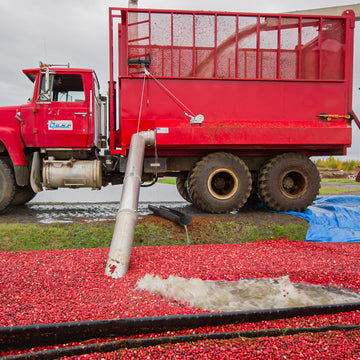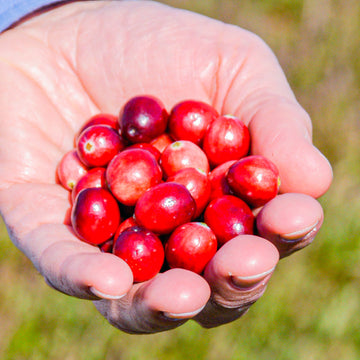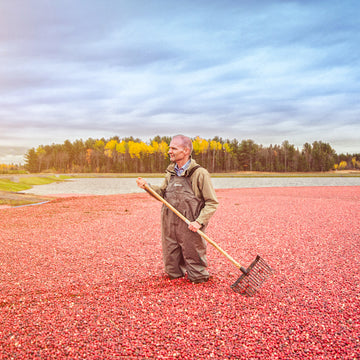It’s early autumn, and you’re exploring Canada. In the distance, you spot a lake bordered by a strange, red landscape, with a texture reminiscent of a freshly made tennis court. You head toward the lake and realize at the last moment: stepping onto that red surface might not be a good idea. What’s going on here?





